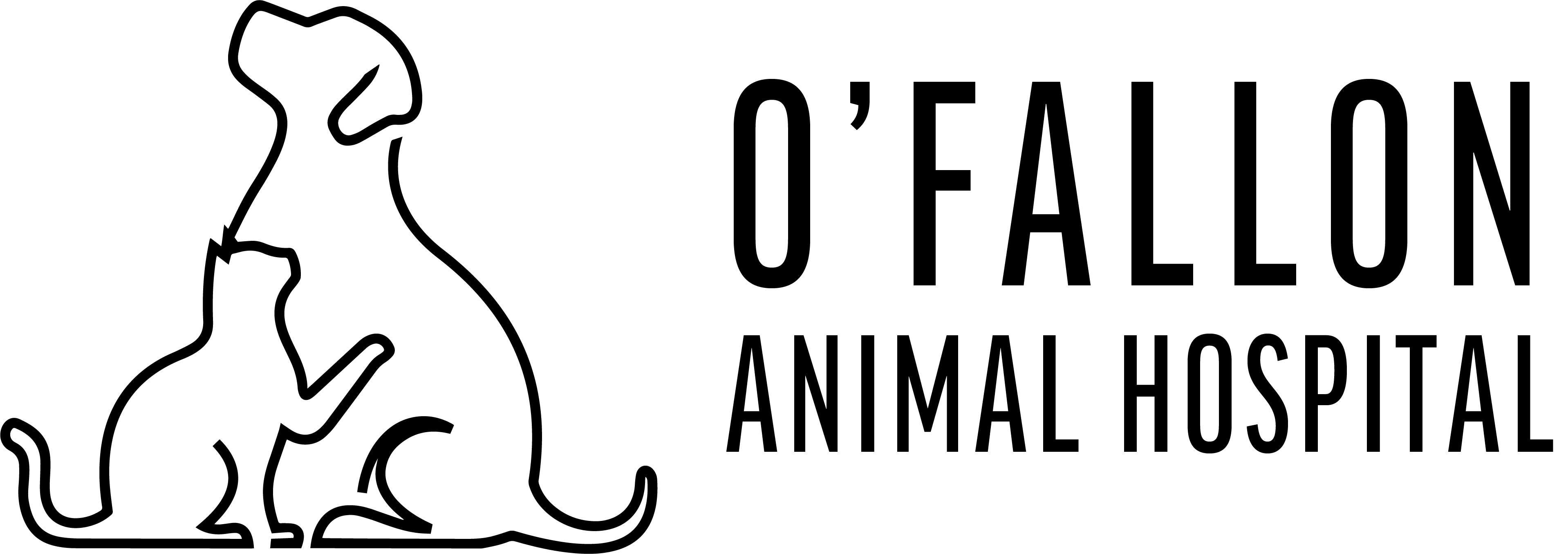Library
-
Treats are a great way to bond with your dog but are an additional source of calories that must be considered within the overall diet. Treats should be no more than 10% of your dog's daily calorie intake and, in greater quantities, can create a nutritional imbalance. Consider choosing lower calorie treats for your dog to avoid exceeding the 10% rule.
-
Walking is great exercise for both you and your dog. This article outlines some tips, requirements, and best practices to ensure you both have a safe, enjoyable walk. Make sure your veterinarian clears your dog for any new physical activity.
-
This handout discusses the causes and potential treatments for excess gas (flatus or flatulence) in dogs. Factors such as diet, speed of eating, exercise and foods to avoid are highlighted.
-
E-cigarettes are battery-operated devices used to create and inhale an aerosol composed of nicotine, flavorings, and other chemicals. If a companion animal ingests an e-liquid, signs of nicotine poisoning occur rapidly. The nicotine associated with e-cigarettes, even without tobacco, poses a serious health threat to dogs and cats.
-
Many liquid potpourri products and essential oils, including oil of cinnamon, citrus, pennyroyal, peppermint, pine, sweet birch, tea tree (melaleuca), wintergreen, and ylang ylang, are poisonous to cats. Both ingestion and skin exposure can be toxic.
-
Female dogs will have their first estrous (reproductive or heat) cycle when they reach puberty. Each cycle consists of several stages; the stage called estrus refers to when the female can become pregnant. This handout explains the cycle stages and signs as well as how to prevent mating and pregnancy in your female dog.
-
Estrus (heat) begins when a female dog reaches sexual maturity and occurs about twice per year, although it varies from dog to dog. From the beginning of a female’s estrus period, she will be attractive to male dogs, though she will usually not be receptive or allow mating until seven to ten days into her cycle. The time of mating is extremely critical and it is highly recommended to have your female tested to determine the optimal days for breeding.
-
Open and honest communication with your veterinarian and veterinary healthcare team throughout your cat's life lays the foundation for effective communication when that cat's life begins drawing to a close. Discussion with your veterinarian will clarify any specific medical implications of your cat's disease that can serve as benchmarks to suggest that euthanasia should be considered. Most often, euthanasia is provided at the veterinary practice or in your home. The veterinary healthcare team will be an important partner as you negotiate the difficult days and decisions leading up to your cat's peaceful passing.
-
Maintaining open and honest communication with your veterinary healthcare team throughout your dog's life creates a foundation for effective communication when the dog's life draws to a close. Your veterinarian can clarify any medical implications of your dog's disease that may suggest that euthanasia should be considered. Most often, euthanasia is provided at the veterinary practice or in your home. Your veterinarian can clarify any medical implications of your dog's disease that may suggest that euthanasia should be considered.
-
Losing weight can be difficult. While feeding a prescription weight loss diet is certainly a good start in a weight loss program for your cat, it is important to remember that food intake is only one part of the problem; energy expenditure is also significant. Encouraging your cat to exercise by playing with him, putting his food in unusual places so he has to look for it, and making him work for his food (e.g., training, foraging toys) will help.

